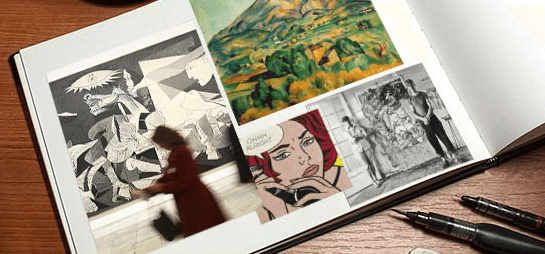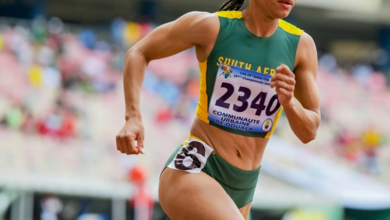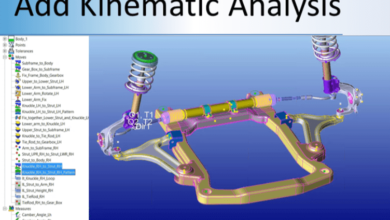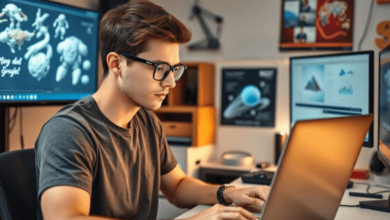Modern Art: a Global Survey From the Mid-Nineteenth Century to the Present

The exploration of Modern Art: a Global Survey From the Mid-Nineteenth Century to the Present, reveals a complex interplay of cultural, technological, and political factors that have shaped artistic expression. This period witnessed the emergence of diverse movements, each challenging established norms and redefining aesthetic values. Key figures and their innovative approaches not only influenced their contemporaries but also laid the groundwork for contemporary practices. As we consider how these elements converge, one must ponder: what implications do these transformations hold for the future of art in an increasingly interconnected world?
Origins of Modern Art
The origins of modern art can be traced back to the late 19th century, a period marked by profound social, political, and technological changes that reshaped the artistic landscape.
This era fostered new artistic philosophies, influenced by cultural contexts and global interactions.
Technological advancements enabled diverse artistic mediums, allowing artists to provide social commentary that challenged conventions, reflecting the dynamic interplay between freedom and expression.
Influential Movements and Styles
Emerging from the transformative environment of the late 19th century, modern art witnessed the birth of numerous influential movements and styles that redefined artistic expression.
Abstract expressionism liberated individual creativity, while pop art challenged traditional boundaries by integrating popular culture.
Minimalism aesthetics emphasized simplicity, and digital art opened new avenues for exploration, reflecting a society increasingly fascinated by technology and innovation.
Read Also Cute:71j4buzr2kg= Narwhals
Key Artists and Their Impact
Artistic innovation is often propelled by the visionaries who dare to challenge conventions, and in the realm of modern art, key artists have been instrumental in shaping its trajectory.
Through rich artist biographies, we uncover the profound cultural influences that informed their work, reflecting societal shifts and personal experiences.
These creators not only redefined aesthetics but also liberated artistic expression, fostering a more inclusive dialogue in the art world.
The Evolution of Contemporary Art
Throughout the late 20th and early 21st centuries, contemporary art has undergone a remarkable transformation, reflecting the complexities of a rapidly changing world.
Digital transformation has enhanced art accessibility, fostering cultural exchange and global perspectives. Technology integration enables artistic collaboration, amplifying societal impact while engaging diverse audiences.
This evolution signals a liberation of expression, empowering artists and audiences alike to navigate and redefine contemporary narratives.
Conclusion
The examination of Modern Art: a Global Survey From the Mid-Nineteenth Century to the Present reveals a dynamic interplay between socio-political factors and artistic innovation, shaping a diverse landscape of expression. The rise of movements such as abstract expressionism and pop art illustrates the transformative power of art in reflecting societal narratives. For instance, the work of Banksy exemplifies how contemporary art can challenge political norms and engage public discourse, reinforcing the notion that art remains a vital tool for empowerment and change in an ever-evolving world.



